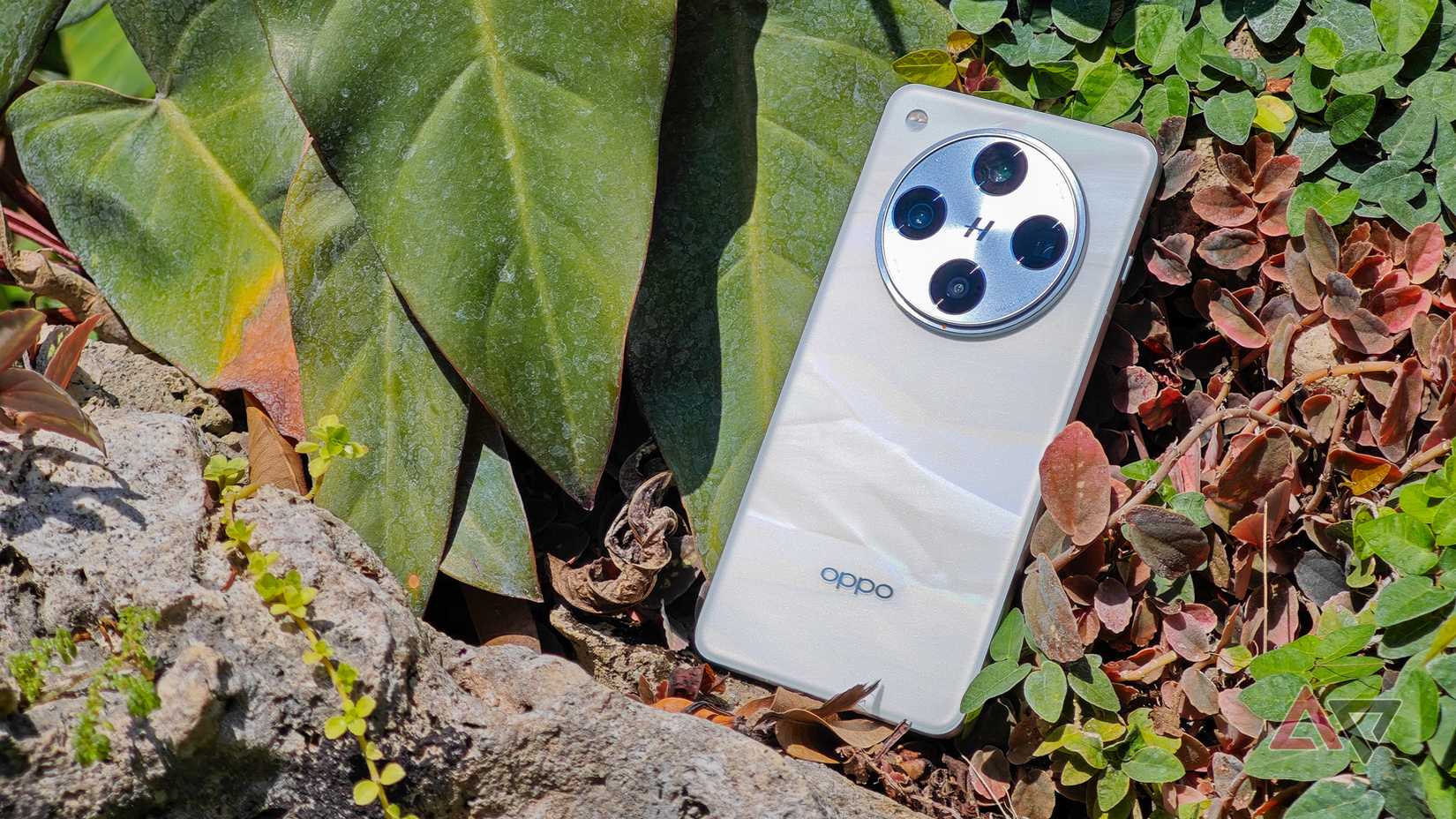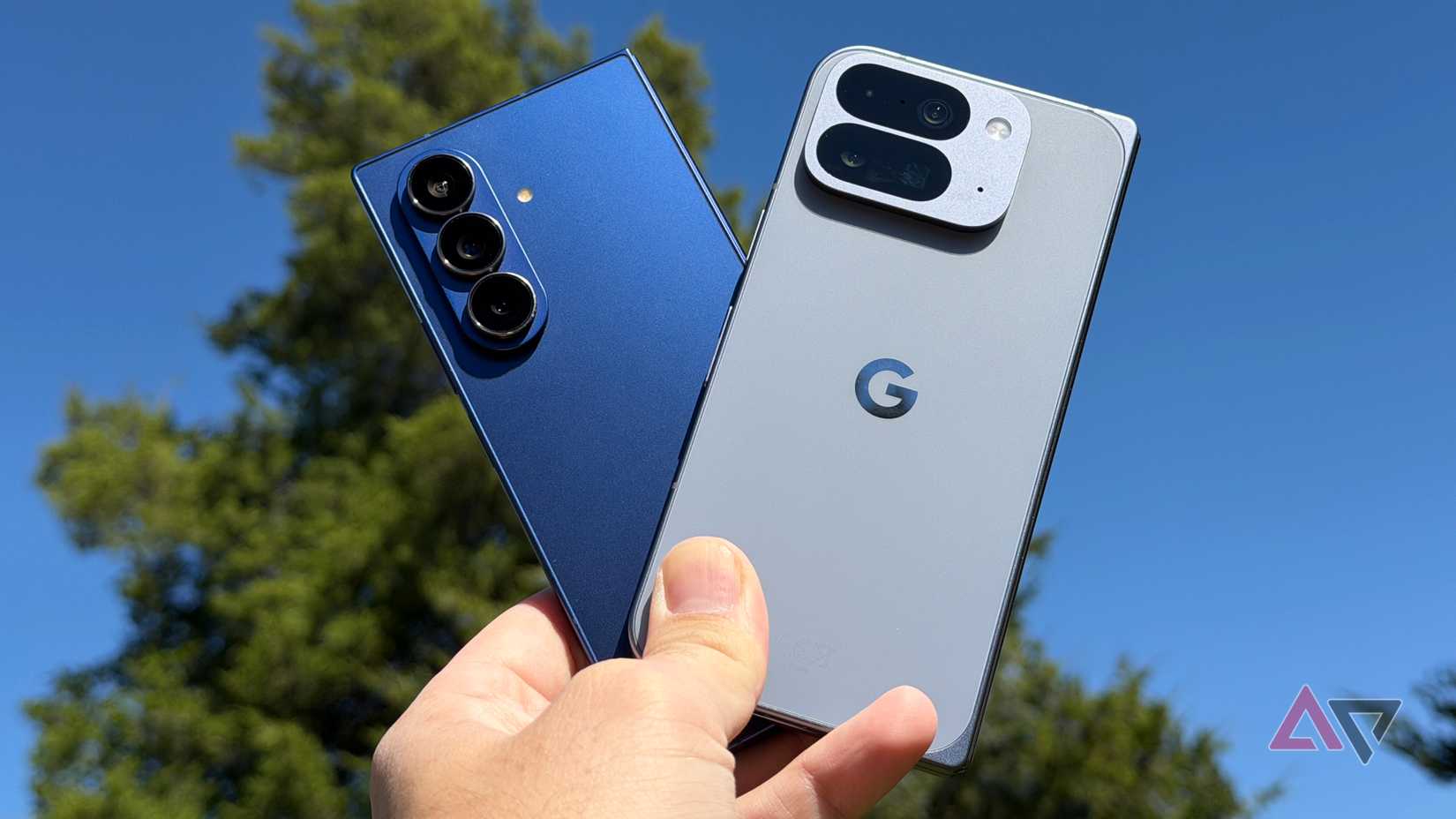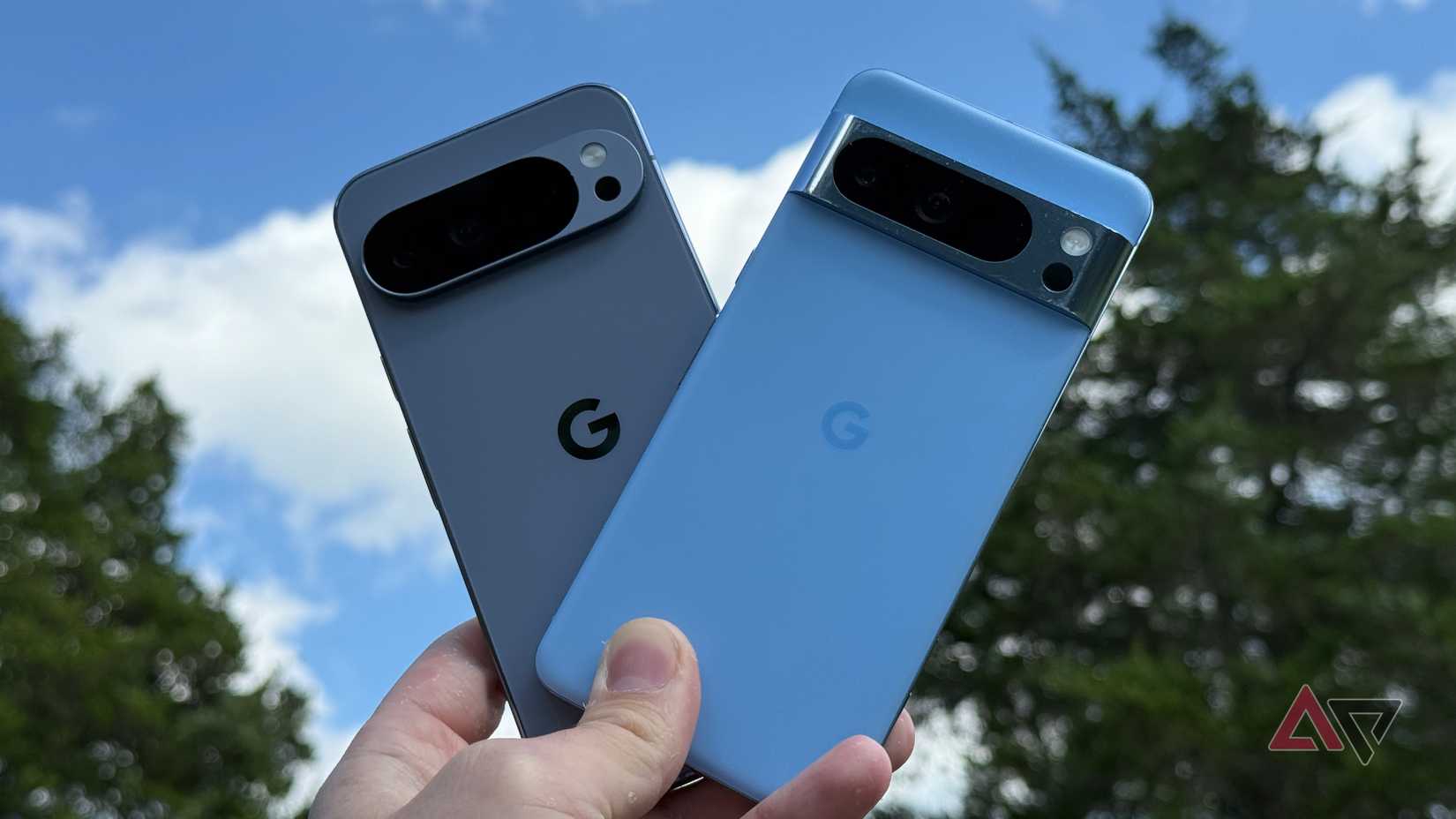The list of best Android phones available in the US and the rest of the world varies wildly.
In the US, your options boil down to the latest flagship phones from Samsung and Google.
Outside the States, you get a plethora of Android phones packing far more innovation, making the options available in the US downright boring and outdated.
US Android flagships just don’t cut it
Not a real flagship
Putting budget aside, the top Android phones you can buy in the US right now are the Google Pixel 10 Pro XL and the Samsung Galaxy S25 Ultra. If you include foldables, there’s also the Pixel 10 Pro Fold and the Galaxy Z Fold 7.
While the OnePlus 13 and Moto Razr are great devices, they are not truly Ultra-flagships.
On paper, Google and Samsung’s best phones pack impressive specs. You get a powerful CPU, up to 16GB RAM, big 5,000mAh+ batteries, and a flexible rear camera setup, which includes a 5x telephoto shooter.
In a bubble, these phones look like peak Android. However, when you compare what’s available outside the US, you realize how outdated the best Android phones available in the US are and what consumers are missing out on.
Meet the real Ultra flagships
Ultra by nature and name
The Galaxy S25 Ultra is the sole Ultra Android flagship available in the US. However, it pales when compared to the Ultra phones available in other parts of the world.
The Xiaomi 15 Ultra, Oppo Find X8 Ultra, and Vivo X200 Ultra pack significantly better and more powerful camera systems. And the gap is not small enough to be inconsequential.
The Oppo and Xiaomi use a 1-inch type primary camera sensor, allowing them to capture pictures with more details and light.
No flagship Samsung or Google phone can take such pictures with its zoom lens.
Worse, the zoom cameras on these phones are in a league of their own. They can capture sharp and clean pictures with impressive clarity, even at 30 to 50x zoom levels.
It’s not just about the cameras either. These phones pack considerably beefier batteries and can last longer under heavy use.
Plus, they wirelessly top up faster than the wired charging speeds of the S25 Ultra and the Pixel 10 Pro. And when in a hurry, their faster charging speeds make a big difference.
Even ‘Pro’ phones abroad outclass US flagships
Pro > Ultra
Embarrassingly for Samsung and Google, even the Pro flagships available outside the US are better than their best phones.
The recently launched Oppo Find X9 Pro and Vivo X300 Pro pack better cameras and beefier batteries than the S25 Ultra and Pixel 10 Pro XL.
The Oppo ships with a massive 7550mAh cell — that’s over 50% bigger than the Galaxy S25 Ultra’s battery. It dominates in other areas as well, packing a vastly superior 200MP telephoto zoom camera and faster charging speeds.
Even last year’s Vivo X200 Pro takes cleaner, more detailed photos than Samsung and Google’s latest flagships. That says a lot about how far behind the US Android phones are.
Foldables are the one bright spot
All thanks to the Galaxy Z Fold 7
Thankfully, the foldables available in the US fare better than their slab phone counterparts, though that’s only changed this year.
Until 2024, the Galaxy Z Fold 6 and Pixel 9 Pro Fold did not really stand out compared to their rivals from Oppo, Vivo, and Huawei.
This year, though, Samsung really stepped up its game with the Galaxy Z Fold 7. It’s one of the sleekest foldables on the market, which also packs a bigger and more durable screen.
The Pixel 10 Pro Fold won’t impress with its chunky design, but it’s the only IP68 foldable in the world right now. And that’s no easy engineering feat.
The Oppo Find N5 and Vivo X Fold 5 are technically superior in a few key areas. They sport larger batteries that easily last a full day and charge considerably faster. Plus, their rear cameras are more capable than those of the Pixel and Galaxy.
Still, the gap is nowhere as wide as what you see on regular flagship smartphones sold in the US and those available elsewhere.
Software: The last stronghold
But for how long?
There’s arguably only one aspect where US Android flagships trump their Chinese and EU competitors: software updates.
Google and Samsung are the only two Android manufacturers promising seven years of updates for their recent mid-range and flagship devices. Plus, Pixels are always the first in line to get new OS updates.
And barring One UI 7, Samsung has upped its software update game, rolling out new OS updates faster than any other Android OEM.
While long and timely software updates are important, they will not always be enough to give Samsung and Google an edge over their competitors.
US Android flagships need to catch up
It may feel like smartphone hardware innovation has stagnated, but that’s not the case, with two of the biggest US smartphone players just not taking part in the race.
Compared to Ultra Android flagships available in Asia and even Europe, US Android flagships feel outdated and outclassed.
It seems Google and Samsung are playing it safe, knowing that — for whatever reason, regulatory or political — Chinese brands won’t enter the US market. That complacency is starting to show, and ultimately, it’s the consumers who are losing out.
Source link







